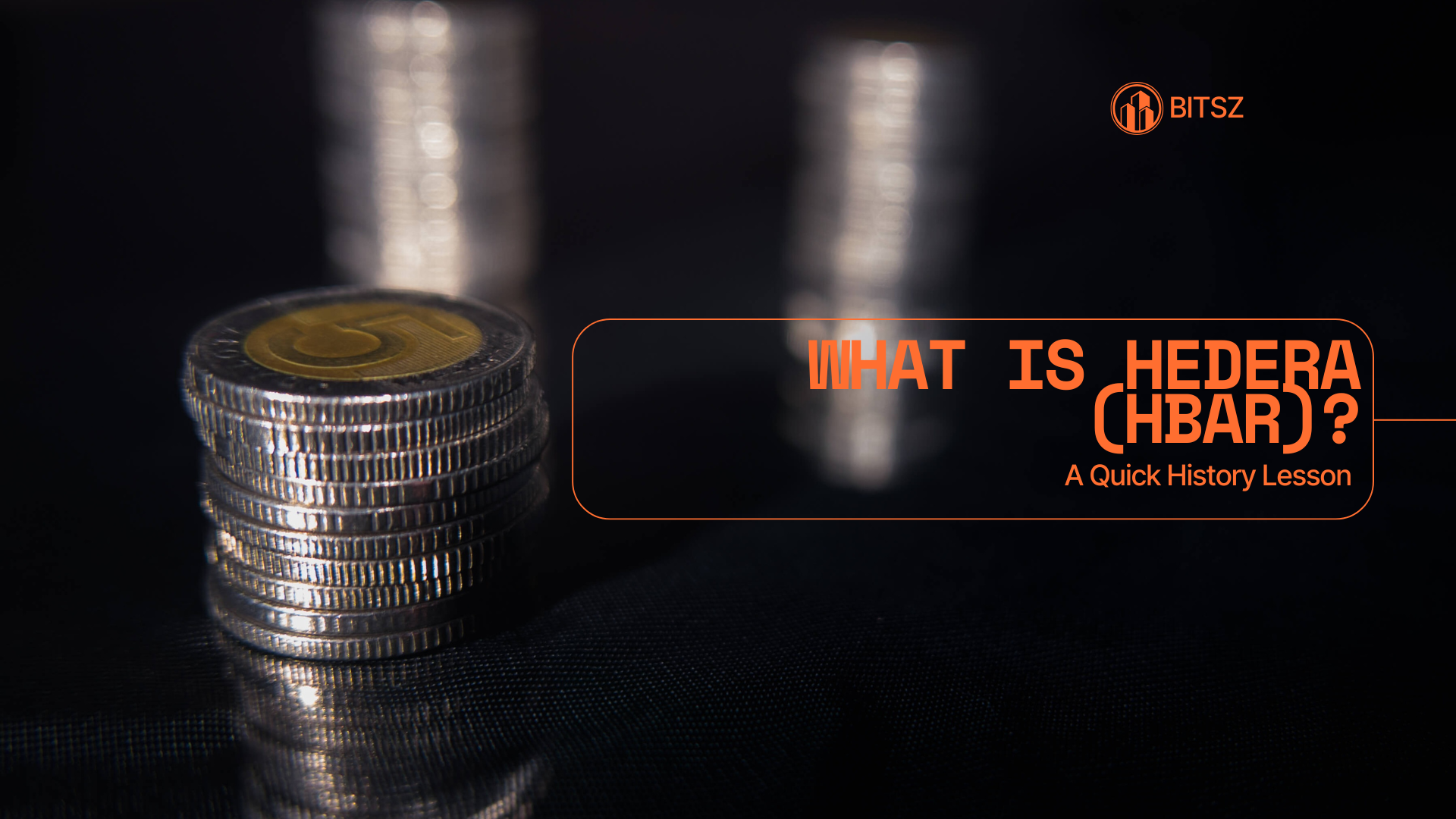
Curious why Hedera pops up whenever people talk about “enterprise-grade crypto”? The short version: Hedera is a public network that doesn’t use a traditional blockchain at all. It runs on hashgraph, a fast, fair, energy-efficient consensus invented by Dr. Leemon Baird, and it’s governed by a rotating council of global companies. Below, we trace where Hedera (and the HBAR token) came from, how the tech works, who runs it, and what to watch next.
The elevator pitch: what Hedera is
Hedera is a fully open-source public distributed ledger whose core is hashgraph—a consensus design that aims for high throughput, finality in seconds, and low/ predictable fees. On top of it, Hedera exposes three native services developers actually use: Solidity-based smart contracts (EVM compatible), tokenization (HTS), and a consensus service (HCS) for timestamping and ordering events.
Under the hood, hashgraph reaches agreement using “gossip about gossip” and virtual voting—each node gossips transactions plus a tiny record of who talked to whom, letting the network compute consensus ordering and timestamps without expensive leader elections. The protocol targets asynchronous Byzantine fault tolerance (aBFT), a strong security property for adversarial networks.
From Diem-era research to a public network
Hashgraph was patented by Swirlds, co-founded by Baird; Hedera launched as the public network that implements it. After test phases, Hedera mainnet went live in 2019, bringing the hashgraph model to a permissioned-governed, public-use setting.
The governance model is unusual by crypto standards. Instead of anonymous validators, Hedera is steered by a Governing Council—up to 39 global organizations across sectors that run mainnet nodes, set budgets and policy, and rotate seats to prevent capture. Members over time have included Google, IBM, Boeing, LG Electronics, Ubisoft, Deutsche Telekom, Shinhan Bank, Standard Bank Group, abrdn and others.
One of the headline moments came in February 2020, when Google announced it had joined the council (and began operating a node)—a signal that put Hedera on many enterprise radars.
Council membership continues to evolve; for example, Hitachi America, Ltd. joined in January 2024, underscoring Hedera’s industrial/IoT ambitions.
The services developers actually touch
- Hedera Token Service (HTS): create native fungible tokens and NFTs with low fees, with features like KYC flags or supply controls configurable at the protocol layer. (Think “tokenization without writing a full smart contract.”)
- Hedera Consensus Service (HCS): a public “order and timestamp” layer for apps that need auditable event logs—used for provenance, IoT telemetry, cross-chain notary logs, and voting.
- Hedera Smart Contract Service (HSCS): EVM-compatible execution so teams can deploy Solidity unchanged, while still benefiting from hashgraph’s low-latency finality and predictable fees. Major upgrades (“Smart Contracts 2.0”) pushed deeper EVM compatibility and HTS integration.
If you’re coming from Ethereum, Hedera’s docs spell out the EVM differences (tooling works, but the underlying architecture and gas-per-second limits are tuned for hashgraph).
HBAR 101: supply, role, and staking
HBAR is the network’s native cryptocurrency. It pays transaction fees and powers proof-of-stake security (you can stake HBAR to validators; validators weight is proportional to stake). Hedera emphasizes HBAR’s “dual role”: network fuel + security.
Supply: HBAR has a fixed maximum supply of 50 billion tokens. Market trackers like CoinMarketCap and CoinGecko show circulating supply, rank, and live price; at a glance today, circulating supply is in the low-40B range out of the 50B max. (Always check a live dashboard before quoting numbers.)
Staking: Native staking on mainnet rolled out in phases between 2022 and 2023, enabling HBAR holders to stake/delegate to nodes for rewards.
Timeline highlights (the quick history)
- 2017–2018: Hashgraph research and whitepaper circulate (Swirlds/Leemon Baird).
- 2019: Hedera mainnet opens to the public; early council members announced; mirror nodes launch.
- 2020: Google joins the Governing Council; HBAR price pops on the news.
- 2021: The HBAR Foundation is formed to fund builders via grants and ecosystem programs.
- 2022: EVM-compatible Smart Contracts 2.0 go live; staking begins rolling out.
- 2024: Hitachi America joins the Council, signaling industrial use-case focus.
Why enterprises kick Hedera’s tires
Three things usually come up in boardrooms:
- Governance clarity. Having named, rotating Council members (with minutes and bylaws) is closer to how large organizations manage platform risk. The LLC agreement also spells out node responsibilities and performance requirements.
- Predictable fees, fast finality. Hashgraph settles in seconds with consistent costs—useful for applications that can’t tolerate fee spikes.
- Fit-for-purpose services. Many “real-world” workflows need timestamping or tokenization more than complex DeFi logic; HCS and HTS provide those primitives natively, and EVM smart contracts are there when apps need programmability.
That mix is why you’ll see case studies from supply chain to sustainability registries citing Hedera’s consensus service and token service rather than only contracts.
Conclusion
Hedera’s bet is that many real-world apps want finality, predictable fees, and clear governance more than speculative throughput claims. The project blends an academic-leaning consensus (hashgraph) with pragmatic services (HTS/HCS/EVM) and a Governing Council of recognizable brands. The HBAR token fuels the network and secures it via proof-of-stake, with a fixed 50 B max supply and live stats you can verify on major trackers. If you’re scanning the L1 landscape with an enterprise lens, Hedera belongs on the shortlist—less because it’s trendy, and more because its design choices map to how big organizations adopt technology.